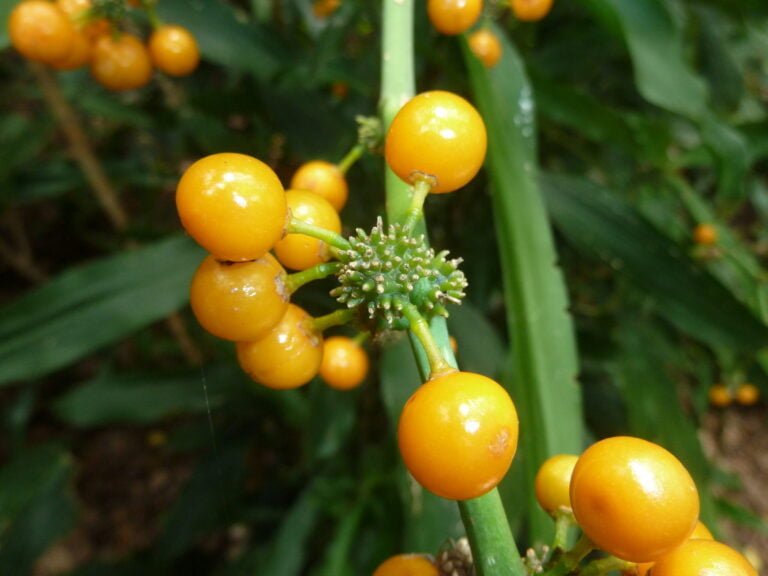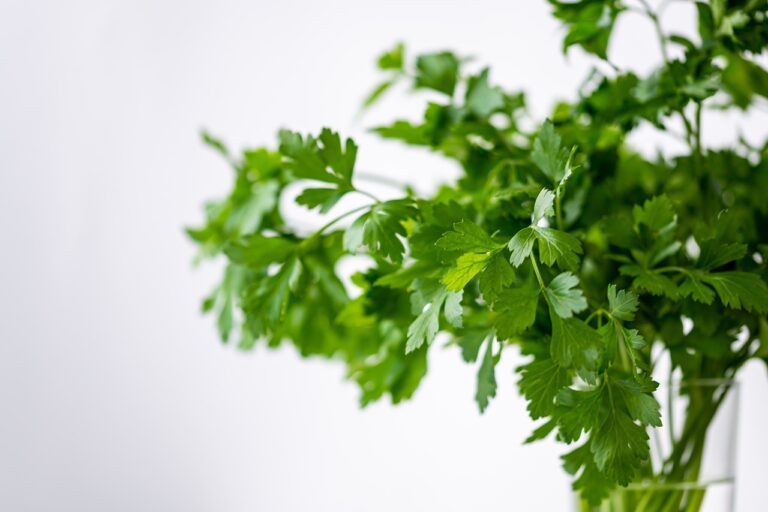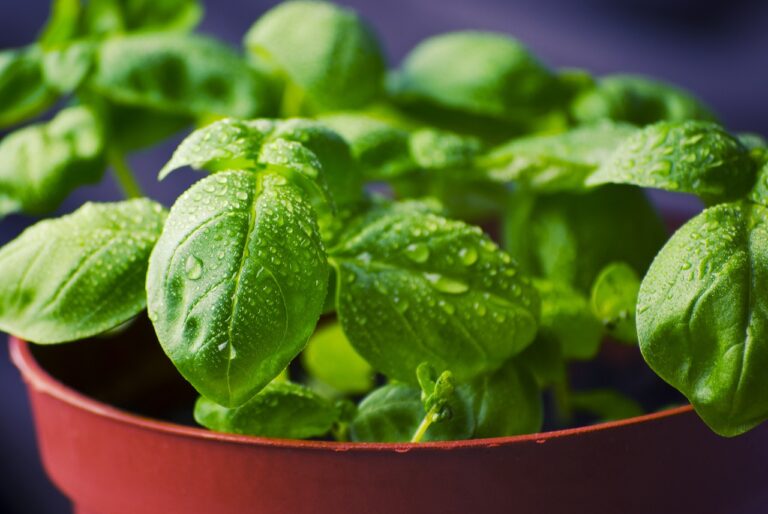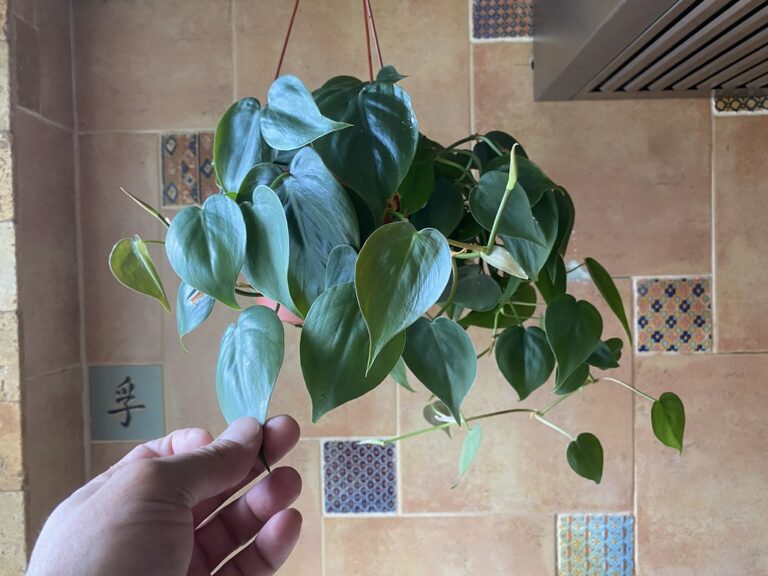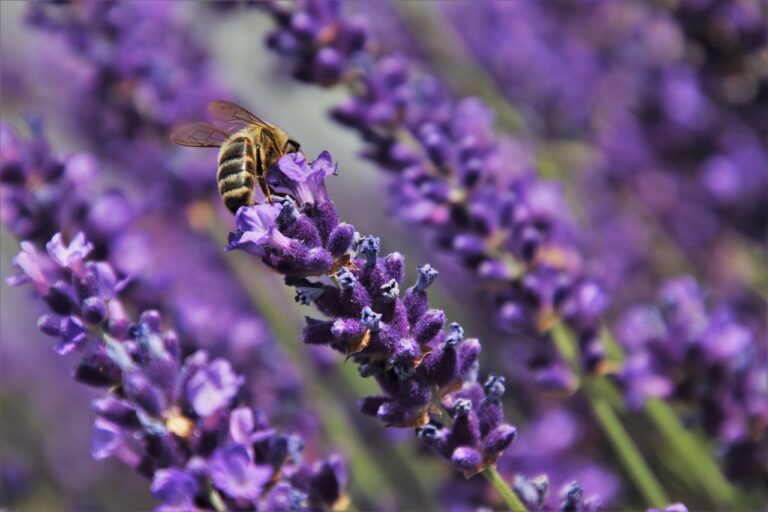Step-by-Step Guide to Growing Thyme at Home
I’ve got you covered on growing thyme at home! Start by choosing from varieties like Common Thyme, Lemon Thyme, French Thyme, or Caraway Thyme. Find a sunny spot with well-draining soil, keeping away from shading. Plant seedlings 12-24 inches apart in sandy soil, water carefully, and mulch with gravel. Maintain good sunlight and drainage, prune, and trim for bushiness. Harvest leaves fresh, and trim stems carefully. For more tips on thyme growing success, keep exploring the complete guide to enjoy a thriving herb garden.
Selecting Thyme Varieties
When selecting thyme varieties for your home garden, it is essential to consider the unique traits each type offers to enhance your culinary experience. Thyme, a versatile herb, provides a wide range of flavors, fragrances, and growth habits depending on the variety chosen. Common Thyme, known for its classic taste and aroma, is a popular choice for various dishes. Lemon Thyme, as the name implies, adds a citrusy zing to your culinary creations, perfect for seafood or poultry dishes. French Thyme, with its slightly floral undertones, is excellent for enhancing the flavors of Mediterranean dishes. Caraway Thyme, distinguished by its spicy notes, can bring a unique twist to your recipes.
Each thyme variety not only varies in flavor and fragrance but also in its growth habits. Some varieties produce more leaves, ideal for frequent harvesting, while others have beautiful flowers that attract pollinators to your garden. When choosing thyme varieties, consider whether you want to focus on harvesting leaves for cooking or if you also desire the aesthetic appeal of flowering plants. Understanding these characteristics will help you select the right thyme varieties that align with your culinary preferences and gardening goals.
Choosing the Right Location
To guarantee successful growth of your thyme plants, it is vital to carefully select the right location that meets their specific sunlight and soil requirements. Thyme thrives in full sun, so it’s important to choose a spot that receives at least 6-8 hours of sunlight daily. Make sure the chosen location has well-draining soil to prevent waterlogging, which can harm thyme plants. Avoid areas with heavy clay soil that retains water, as thyme prefers sandy or loamy soil types for best growth.
Consider planting your thyme in a south-facing location or in a raised bed. A south-facing position will provide the plants with warmth and ensure they receive ample sunlight throughout the day. Raised beds can also offer good drainage and air circulation, promoting healthier growth for your thyme.
When selecting the spot for planting, steer clear of areas shaded by tall plants or structures that could obstruct sunlight. Thyme plants require direct sunlight for proper development, making it important to place them where they can bask in the sun unhindered. By choosing the right location with the appropriate sunlight and soil conditions, you set your thyme plants up for success from the very beginning.
Planting Thyme Seedlings
For successful growth of thyme seedlings, ensure they are planted in well-drained, sandy soil with ample exposure to full sun. When planting thyme seedlings, it is important to space them adequately, typically 12-24 inches apart. This spacing allows for proper growth, airflow, and reduces the risk of diseases caused by overcrowding.
Watering thyme seedlings regularly is essential, but it’s also significant to let the soil dry out between waterings to prevent root rot. To improve drainage and retain moisture, consider mulching around the seedlings with limestone gravel or sand. This practice not only helps with water retention but also prevents weed growth, keeping your thyme plants healthy.
Another crucial factor in planting thyme seedlings is checking the soil pH. Thyme flourishes best in soil with a pH between 6.0 and 8.0. If your soil is too acidic or alkaline, you can adjust it by adding appropriate amendments to create the ideal growing environment for your thyme.
Thyme Care and Maintenance
Maintaining thyme plants involves ensuring they receive adequate sunlight and well-draining soil to thrive and grow at their best. Young thyme plants should be planted in an area that receives full sun for at least 6-8 hours daily to promote healthy growth. It is vital to use well-draining soil to prevent waterlogging, as thyme is susceptible to root rot. Mulching around the plants with limestone gravel or sand can aid in improving drainage and maintaining ideal soil conditions.
Watering is essential for the health of thyme plants. It is recommended to establish a regular watering schedule but allow the soil to dry out completely between waterings to prevent overwatering, which can harm the plant. Weeds should be controlled around thyme plants to minimize competition for nutrients and ensure the thyme can grow vigorously.
Pruning is also a key aspect of thyme care. Regularly pruning the plants, especially after flowering, helps promote new growth and maintains a compact, bushy shape. By following these maintenance practices diligently, you can enjoy healthy, thriving thyme plants in your home garden.
Harvesting and Pruning
When tending to thyme plants, an essential step is correctly harvesting and pruning to ensure ongoing growth and ideal flavor in your culinary pursuits. Harvesting thyme leaves is best done as needed for fresh use in cooking. To do so, simply trim stems above the woody section, making sure to leave some leaves on the plant to promote new growth. It’s recommended to harvest thyme leaves before the plant flowers, as this is when they possess the most robust flavor.
Regular harvesting not only provides you with fresh thyme for your dishes but also helps keep the plant healthy. Additionally, pruning thyme is vital for maintaining its shape and freshness. After the plant has flowered, it is suggested to prune it back. This process helps encourage bushier growth, ensuring a more abundant harvest in the future. When pruning, ensure to use sharp pruning shears to make clean cuts and avoid damaging the plant.
For those growing lemon-flavored varieties of thyme in their herb garden, proper harvesting and pruning are even more critical to preserve the distinct citrusy taste. By following these simple steps, you can enjoy a plentiful harvest of flavorful thyme leaves from your very own garden.

